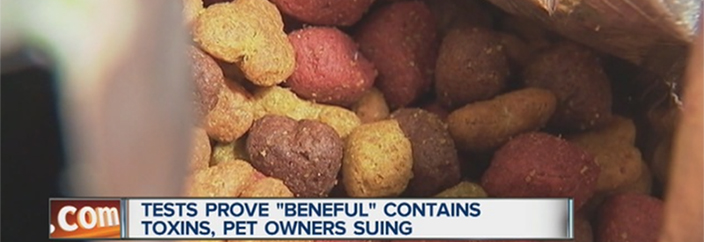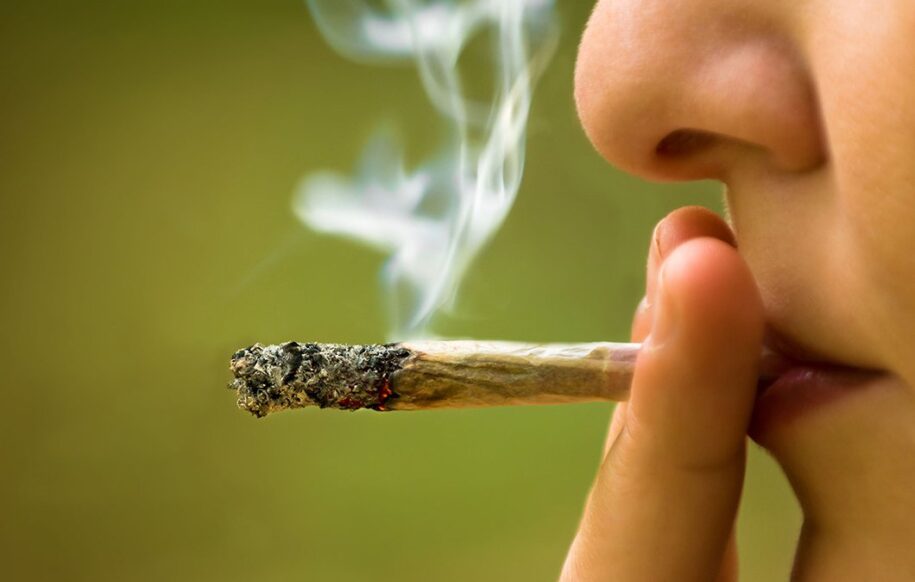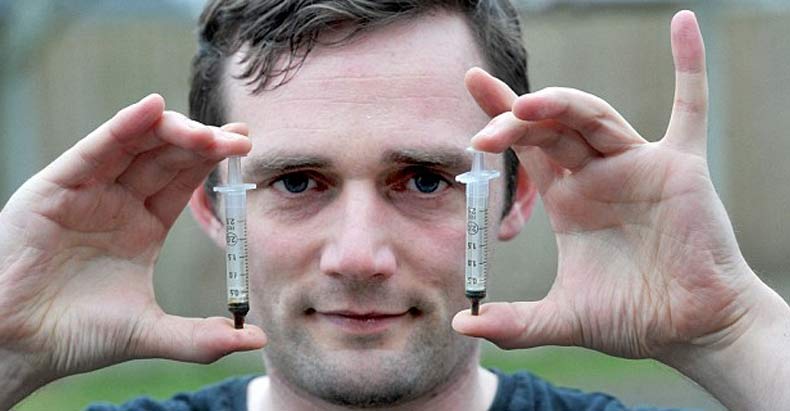
Fabric Softener Is The #1 Cause Of Indoor Pollution. Here Is How To Make Your Own Natural Fabric Softener
Fabric Softener is the #1 cause of indoor pollution. Whenever you smell that”laundry smell,” you are inhaling toxic VOC”S. Here is how to make your own natural fabric softener
Conventional fabric softeners are full of toxic chemicals. Making your own fabric softener is very easy and cost effective . Additionally, using homemade cleaning products helps keep harmful chemicals away. Vinegar is cheap and nontoxic. It naturally removes soap residue, and helps with static reduction during drying. Vinegar contains small amounts of sodium and potassium, which help soften hard water. Homemade fabric softener ingredients are combined with water to make a solution you can store in a container and use each time you do the wash.
Natural Homemade Fabric Softener
Ingredients
- 1 gallon white vinegar
- 30 drops of essential oil (where to buy 100% pure essential oils)
Mix ingredients together and pour into a storage container.
To use:
Dilute the vinegar mixture with water before being used in your laundry. For regular sizes loads, mix 1/4 cup of vinegar mixture with 3/4 cups of water. Pour the fabric softener into your washer during the final rinse cycle.
Thanks for taking the time to read this article. If you found this information helpful, please share it with your friends and family. Your support in our endeavor of sharing free information would be much appreciated.
Follow us on Facebook to stay updated with what’s going Viral in the Alternative News scene. https://www.facebook.com/ViralAlternativeNews
By Anya V via Living Traditionally






